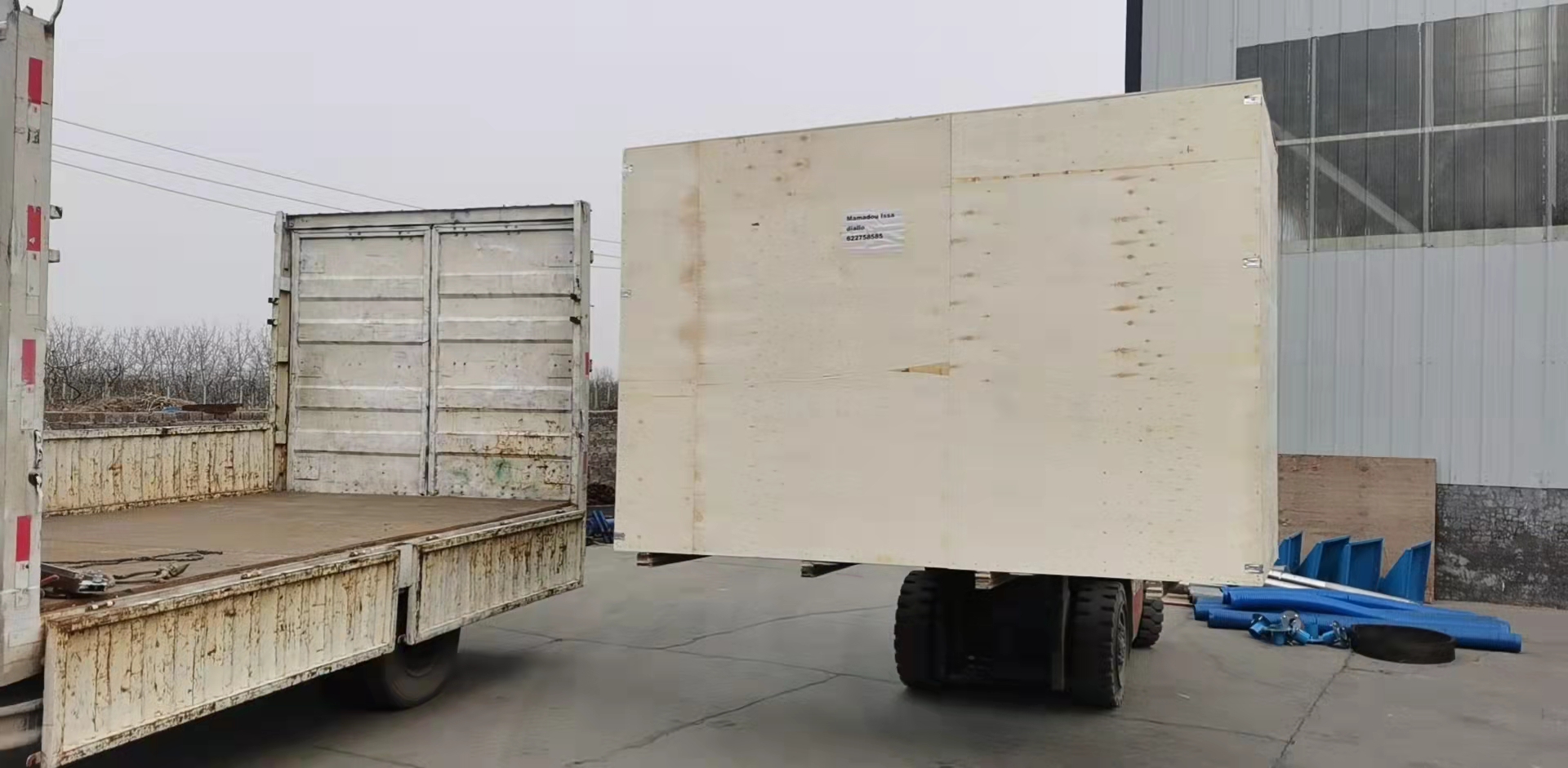feed pellet making machine
វិច្ឆិកា . 05, 2024 06:16 Back to list
feed pellet making machine
Understanding Feed Pellet Making Machines A Gateway to Efficient Animal Nutrition
In the world of animal husbandry and aquaculture, the importance of quality feed cannot be overstated. The nutritional health of livestock, poultry, and aquatic species directly impacts growth rates, reproductive performance, and overall productivity. In this context, feed pellet making machines play a pivotal role, transforming raw ingredients into high-quality feed pellets that are not only efficient but also beneficial for animal health.
What is a Feed Pellet Making Machine?
A feed pellet making machine is a specialized piece of equipment designed to convert powdered feed materials into compact, uniform pellets. These machines utilize various processes, including grinding, mixing, conditioning, and pelleting, to achieve this transformation. The resultant pellets are easier for animals to consume, digest, and absorb nutrients from, leading to improved feed efficiency.
How Do Feed Pellet Making Machines Work?
The operation of feed pellet making machines can be broken down into several key stages
1. Raw Material Preparation The first step involves grinding and mixing the raw feed ingredients. This might include grains, protein meals, vitamins, and minerals. The objective is to create a homogenous mixture that meets the nutritional needs of the target animals.
2. Conditioning After mixing, the feed blend is conditioned using steam or water. This step heats the materials, which increases their moisture content and improves the binding properties of the feed ingredients. Conditioning is crucial as it prepares the feed for pelleting by softening the ingredients and enhancing their elasticity.
3. Pelleting The conditioned feed is then fed into the pellet mill, where it undergoes the pelleting process. The machine compresses the feed mixture through a set of die holes, resulting in the formation of pellets. The heat generated during this process further aids in binding the feed, ensuring that the pellets maintain their shape and integrity.
4. Cooling and Drying Post-pelleting, the hot pellets need to be cooled to avoid spoilage and to enhance storage stability. Cooling systems often employ air circulation or cooling tunnels to reduce the temperature of the pellets. After cooling, the pellets might undergo additional drying to bring the moisture content to an appropriate level for storage.
feed pellet making machine

5. Packaging Finally, the finished feed pellets are packaged for distribution. Proper packaging is essential to protect the feed from contamination and to maintain its quality over time.
Benefits of Using Feed Pellet Making Machines
1. Improved Feed Efficiency Feed pellets are more digestible compared to loose feed. Their compact form allows for better consumption rates and reduces waste, leading to improved feed conversion ratios.
2. Nutritional Consistency The uniformity of pellets ensures that animals receive a consistent nutrient profile with each meal, which is vital for their growth and health.
3. Reduced Feed Wastage Pelleted feed minimizes spillage and wastage that often occurs with loose feed, ensuring that producers get the most out of their feed investments.
4. Enhanced Palatability Pellets are often more palatable to animals, encouraging better feed intake, particularly in picky eaters.
5. Convenience Pellets are easier to transport, store, and handle compared to loose feed, making them ideal for large-scale operations.
Conclusion
Investing in a feed pellet making machine is a strategic decision for any livestock or aquaculture operation looking to optimize animal nutrition and productivity. By streamlining the feed production process and improving the quality of feed, these machines offer farmers and producers a competitive edge in the market. As the global demand for high-quality animal products continues to rise, feed pellet making machines stand out as indispensable tools in modern agricultural practices. Whether you are a small-scale farmer or part of a large agricultural enterprise, considering the benefits of feed pellet production can lead to significant improvements in both profitability and animal welfare.
-
High Performance Exhaust Fan – Efficient Ventilation Solutions for Home
NewsJun.10,2025
-
High-Quality Gestation Pen for Sows Durable Mobile Pig Pen & Simple Pig Pen Solutions
NewsJun.10,2025
-
High Quality Rabbit Cage Double Tier Designs & Welded Wire Mesh Supplier
NewsJun.10,2025
-
Floating Fish Feed Machine - High Efficiency Floating Fish Feed Extruder for Small Scale Production
NewsJun.10,2025
-
Premium Poultry Housing Solutions Mobile & Commercial Free Range Options
NewsJun.10,2025
-
Industrial FRP Fans Corrosion-Resistant Blades & Centrifugal Systems
NewsJun.09,2025






